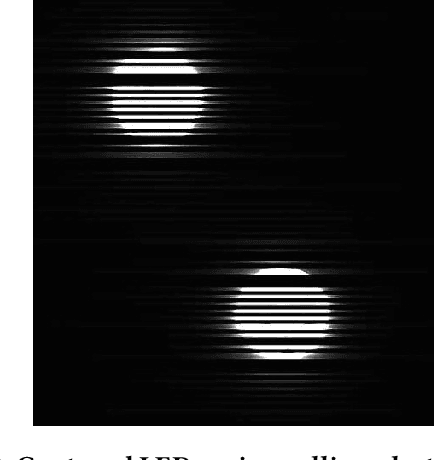Detecting and Controlling Smart Lights with LiTalk
Paper and Code
Jan 30, 2023



The rapid increase in demand for wireless controlled Smart Lighting has created a need to automate the mapping between the identifiers for individual light sources and their physical locations. To control Smart Lights, their IDs and physical locations relative to each other must be determined. Nowadays, skilled technicians perform this process manually, which requires a lot of effort, is time-consuming, and incurs high costs, particularly with non-stationary lights. Visible Light Communication has been presented as a possible solution to this problem. This paper presents an approach based on Visible Light Communication that leverages Machine Learning to automate the mapping process between the identifiers and the relative physical location of Smart Lights. We show that our approach provides a better location-mapping performance compared to existing methods.
 Add to Chrome
Add to Chrome Add to Firefox
Add to Firefox Add to Edge
Add to Edge